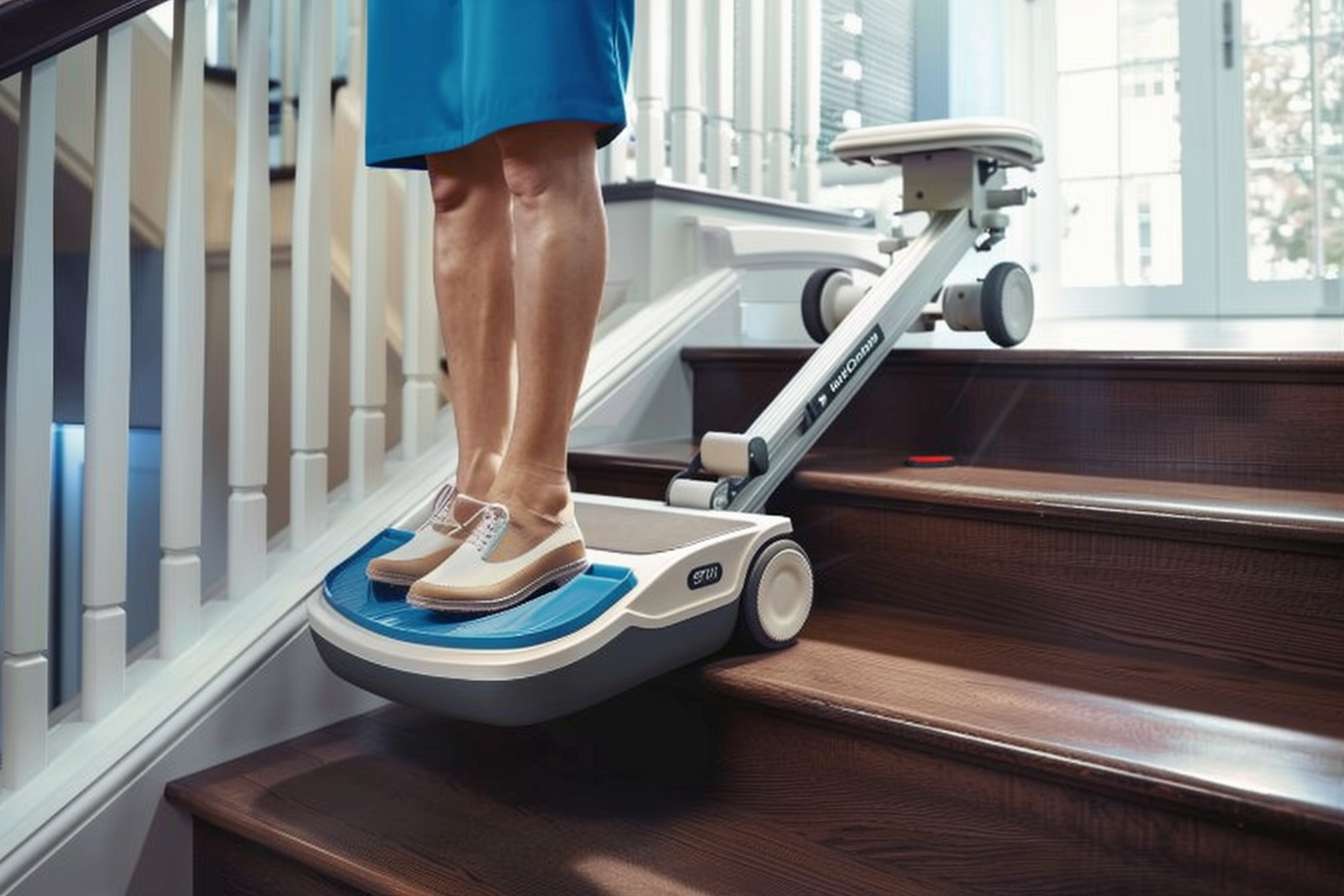New Portable Stairlifts Require No Installation in 2025 (Take a Look)
The mobility industry has witnessed remarkable innovations in 2025, particularly with the introduction of portable stairlifts that eliminate the need for permanent installation. These revolutionary devices are transforming how seniors and individuals with mobility challenges navigate multi-level homes, offering unprecedented flexibility and convenience without the commitment of traditional fixed stairlift systems.

The landscape of home mobility solutions has evolved dramatically with the emergence of portable stairlift technology. Unlike conventional systems that require professional installation, structural modifications, and permanent fixtures, these innovative devices offer immediate mobility assistance without altering your home’s infrastructure.
Understanding No-Installation Stair Lifts for Seniors
Portable stairlifts represent a significant departure from traditional mobility aids. These devices typically feature lightweight construction, battery-powered operation, and universal compatibility with various staircase designs. The technology eliminates the need for track installation, electrical work, or structural modifications that characterise conventional stairlift systems.
The core advantage lies in their plug-and-play functionality. Users can position these devices as needed, making them ideal for temporary mobility challenges, rental properties, or situations where permanent installation isn’t feasible. The technology often incorporates advanced safety features including automatic braking systems, weight sensors, and emergency stop mechanisms.
Revolutionary Stair Lift Technology Without Setup Requirements
The engineering behind no-installation stairlifts involves sophisticated balance and traction systems. Many models utilise suction cup technology, magnetic attachment systems, or mechanical gripping mechanisms that secure the device to stair surfaces without permanent fixtures.
Battery technology has advanced considerably, with many portable units offering extended operation periods on single charges. Smart charging systems and power indicators ensure reliable performance, while compact designs allow for easy storage when not in use. Some models incorporate smartphone connectivity for monitoring and control functions.
Staircase Lift Demonstrations and User Experiences
Video demonstrations of portable stairlifts reveal their practical applications across various home environments. These visual guides typically showcase setup procedures, safety protocols, and operational techniques. Users often report significant improvements in independence and confidence when navigating stairs.
Real-world testing has shown these devices perform effectively on different stair materials including wood, carpet, and tile surfaces. The adaptability to various stair widths and angles makes them suitable for most residential applications. User feedback consistently highlights the psychological benefits of maintaining home accessibility without permanent modifications.
Safety Features and Operational Guidelines
Modern portable stairlifts incorporate multiple safety systems to ensure user protection. Weight capacity sensors prevent overloading, while stability monitoring systems detect unsafe positioning. Emergency stop functions and backup power systems provide additional security layers.
Operational guidelines emphasise proper positioning, regular maintenance checks, and understanding weight limitations. Users must ensure stair surfaces are clean and dry before use, and follow manufacturer recommendations for optimal performance. Training materials and support resources help users maximise safety and effectiveness.
Comparing Portable Stairlift Providers and Costs
The UK market features several providers offering no-installation stairlift solutions, each with distinct features and pricing structures. Understanding these options helps consumers make informed decisions based on their specific needs and budgets.
| Provider | Product Type | Key Features | Cost Estimation |
|---|---|---|---|
| Stannah | Portable Stair Climber | Battery-powered, 136kg capacity | £2,500-£3,500 |
| Acorn | Mobile Stair Aid | Foldable design, remote control | £2,200-£3,200 |
| Handicare | Portable Lift System | Multi-surface compatibility | £2,800-£3,800 |
| TK Access | No-Install Climber | Lightweight aluminium frame | £2,000-£2,800 |
| Platinum | Portable Stair Solution | Smart connectivity features | £2,600-£3,600 |
Prices, rates, or cost estimates mentioned in this article are based on the latest available information but may change over time. Independent research is advised before making financial decisions.
Long-term Benefits and Considerations
Portable stairlifts offer significant advantages for users seeking flexible mobility solutions. The absence of installation requirements means no structural damage, easier relocation, and reduced initial investment compared to permanent systems. These benefits make them particularly attractive for rental properties or temporary mobility needs.
However, users should consider operational limitations including battery life, weight restrictions, and setup requirements for each use. While these devices provide excellent mobility assistance, they may not suit all users or stair configurations. Professional consultation ensures appropriate device selection and optimal safety outcomes.
The evolution of portable stairlift technology represents a significant advancement in home accessibility solutions. By eliminating installation requirements while maintaining safety and functionality, these devices provide valuable mobility assistance for seniors and individuals with physical challenges. As technology continues advancing, we can expect further improvements in portability, battery life, and user-friendly features, making home navigation more accessible for everyone.




